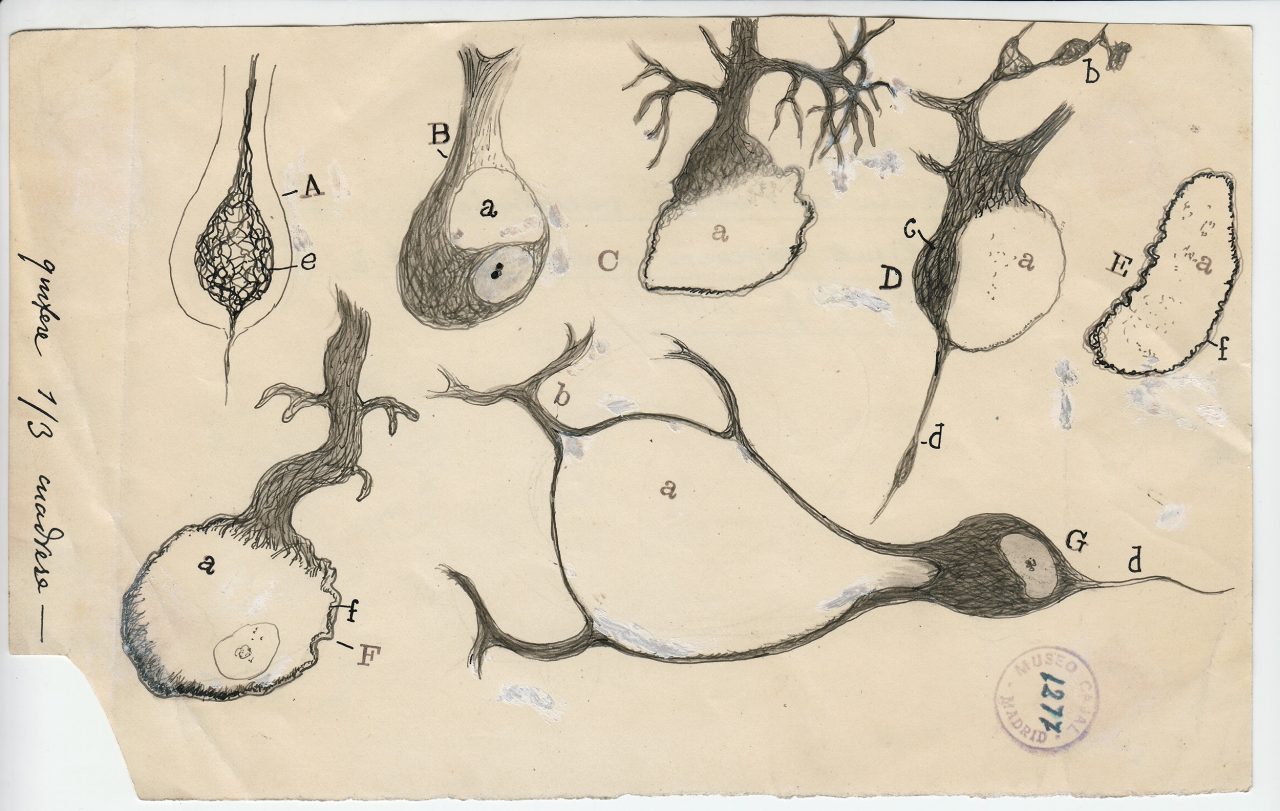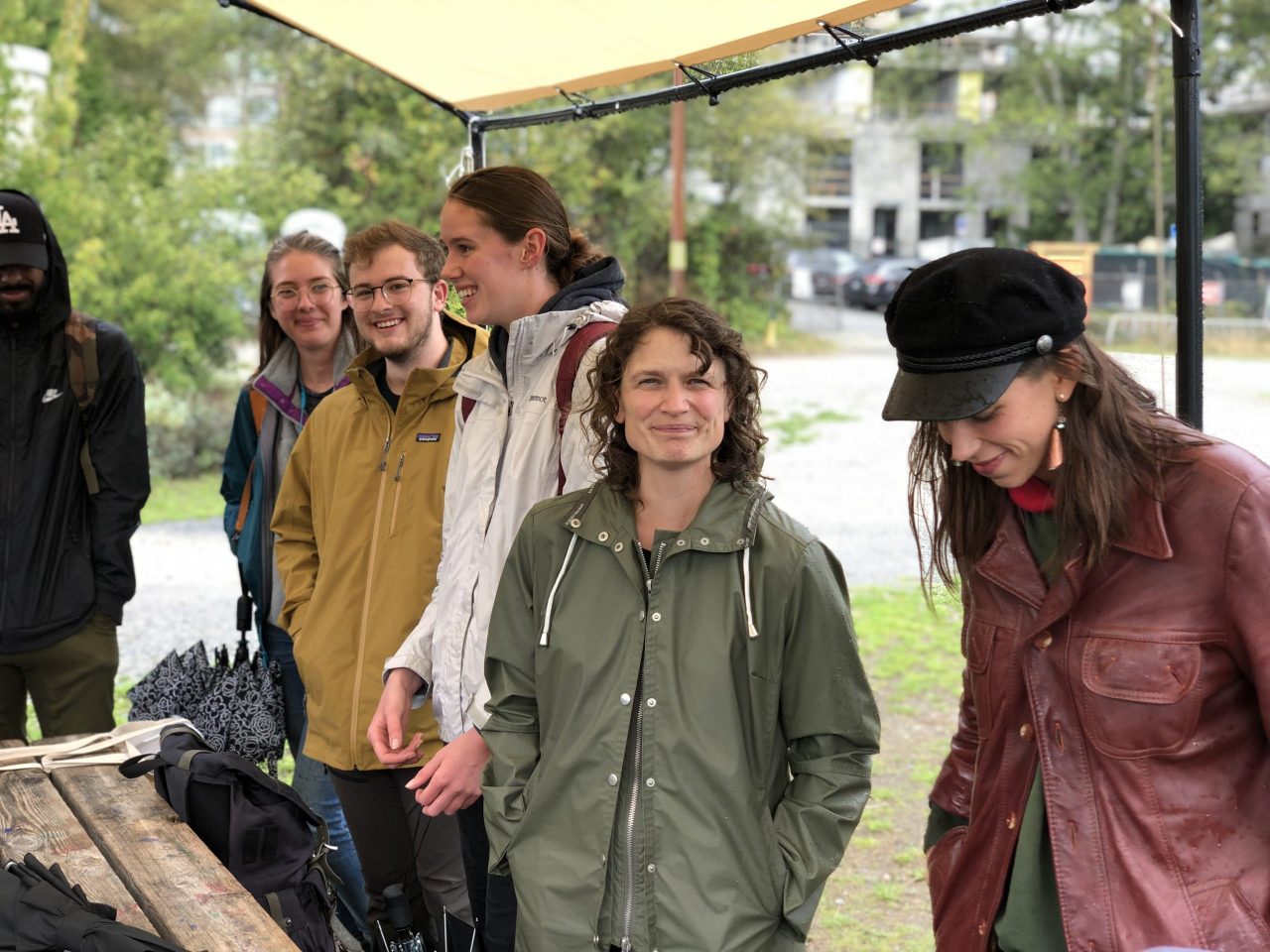09 Apr 2021
Art and Medicine: Rounding at the Belkin
-
Carol-Ann Courneya
Courneya is Assistant Dean of Student Affairs at UBC’s Faculty of Medicine. Her research areas are medical education and the links between arts, humanities and medical training. In addition, she has examined the role for art-making in shaping wellness and professional identity in medical students, and is studying the role of elective selection and its link to residency match success. Her previous research interests have included faculty development, admissions and international medical education. Courneya has ongoing scholarly connections with Patan Academy of Health Sciences in Kathmandu Nepal.
Read More
-
Shelly Rosenblum
Shelly Rosenblum is Curator of Academic Programs at the Belkin. Inaugurating this position at the Belkin, Rosenblum’s role is to develop programs that increase myriad forms of civic and academic engagement at UBC, the wider Vancouver community and beyond. Rosenblum received her PhD at Brown University and has taught at Brown, Wesleyan and UBC. Her awards include fellowships from the Center for the Humanities, Wesleyan University and a multi-year Presidential Postdoctoral Research Fellowship, Department of English, UBC. She was selected for the Summer Leadership Institute of the Association of Academic Museums and Galleries at the Kellogg School of Management, Northwestern University (2014). Her research interests include issues in contemporary art and museum theory, discourses of the Black Atlantic, critical theory, narrative and performativity. Her teaching covers the 17th to the 21st centuries. She remains active in professional associations related to academic museums and cultural studies, attending international conferences and workshops, and recently completing two terms (six years) on the Board of Directors at the Western Front, Vancouver, including serving as Board President. At UBC, Rosenblum is an Affiliate of the Peter Wall Institute for Advanced Studies.
Read More
In 2016, Shelly Rosenblum and Carol-Ann Courneya (Assistant Dean of Student Affairs at UBC’s Faculty of Medicine) collaborated to create Art and Medicine: Rounding at the Belkin, a course that invited medical students to consider how engaging with art could strengthen observational skills in the sciences. In accordance with the Belkin’s mandate to develop initiatives in teaching, learning, research and scholarship across the university, the course was offered as part of the UBC Faculty of Medicine’s Flexible and Enhanced Learning (FLEX) Program, which was designed to give medical students the opportunity to explore their research interests and develop a well-rounded toolbox of skills necessary for professionals in the medical field.
Art and Medicine, open to first year medical students, was inspired by the growing body of research that demonstrates an improvement amongst doctors in their ability to look carefully, think critically about what they see and empathize with others when they engage with visual art. Over the span of six weekly meetings, students were encouraged to visually analyze works from the Belkin’s permanent collection and exhibition programming, as well as with works around campus and other public works throughout Vancouver. The course was structured around what cognitive psychologist Abigail Housen and art educator Philip Yenawine call Visual Thinking Strategies (VTS). VTS protocols involve facilitated group discussions about works of art to help participants look carefully, to think deeply about what they see, and to discuss these findings in a group setting. As Reilly et al. have pointed out, these protocols have much in common with the process of group diagnosis in medical practice. By enhancing students’ abilities to look systematically, they are able to more strongly identify and defend what they see. At the same time, the collective analysis of works of art asks students to engage in a field in which they are not expert. Prompted by the facilitator and their peers, students must defend their impressions by means of what they can actually see in the work in front of them. Consequently, they must learn to accommodate multiple ideas and interpretations at one time, and to build upon new layers of understanding while remaining grounded by visual evidence. In so doing, students also have the opportunity to consider the biases or pre-existing assumptions that they might bring to a work and its subsequent interpretation – a process that has a significant resonance with doctor to patient communication.
Looking at art in this way becomes an evidence-based practice, revealing the parallels in observational methods that are intrinsic to the disciplines of art and medicine, as well as in the sciences more generally. It also asks students to collect evidence without the assumption of certainty or of a single right answer – as Rosenblum notes, this aspect of the course enhances students’ “tolerance for ambiguity.” This is an important skill in a field where much remains unknown. The collaborative process relies upon the respectful but critical processing of different points of view in order to arrive at the most substantiated understanding of the works. According to Rosenblum, “That’s what really resonated for the Medical School: that increasing an ability to tolerate ambiguity is a fundamental part of medical pedagogy that we have to find avenues to look at.”
To read Rosenblum’s interview with Melissa Huang, please click here.
PHoto (Above): Michael R. Barrick
-
Carol-Ann Courneya
Courneya is Assistant Dean of Student Affairs at UBC’s Faculty of Medicine. Her research areas are medical education and the links between arts, humanities and medical training. In addition, she has examined the role for art-making in shaping wellness and professional identity in medical students, and is studying the role of elective selection and its link to residency match success. Her previous research interests have included faculty development, admissions and international medical education. Courneya has ongoing scholarly connections with Patan Academy of Health Sciences in Kathmandu Nepal.
Read More
-
Shelly Rosenblum
Shelly Rosenblum is Curator of Academic Programs at the Belkin. Inaugurating this position at the Belkin, Rosenblum’s role is to develop programs that increase myriad forms of civic and academic engagement at UBC, the wider Vancouver community and beyond. Rosenblum received her PhD at Brown University and has taught at Brown, Wesleyan and UBC. Her awards include fellowships from the Center for the Humanities, Wesleyan University and a multi-year Presidential Postdoctoral Research Fellowship, Department of English, UBC. She was selected for the Summer Leadership Institute of the Association of Academic Museums and Galleries at the Kellogg School of Management, Northwestern University (2014). Her research interests include issues in contemporary art and museum theory, discourses of the Black Atlantic, critical theory, narrative and performativity. Her teaching covers the 17th to the 21st centuries. She remains active in professional associations related to academic museums and cultural studies, attending international conferences and workshops, and recently completing two terms (six years) on the Board of Directors at the Western Front, Vancouver, including serving as Board President. At UBC, Rosenblum is an Affiliate of the Peter Wall Institute for Advanced Studies.
Read More
Related
-
Exhibition
5 September 2017 – 3 December 2017
The Beautiful Brain: The Drawings of Santiago Ramón y Cajal

The Beautiful Brain is the first North American museum exhibition to present the extraordinary drawings of Santiago Ramón y Cajal (1852–1934), a Spanish pathologist, histologist and neuroscientist renowned for his discovery of neuron cells and their structure, for which he was awarded the Nobel Prize in Physiology and Medicine in 1906. Known as the father of modern neuroscience, Cajal was also an exceptional artist and studied as a teenager at the Academy of Arts in Huesca, Spain. He combined scientific and artistic skills to produce arresting drawings with extraordinary scientific and aesthetic qualities. A century after their completion, his drawings are still used in contemporary medical publications to illustrate important neuroscience principles, and continue to fascinate artists and visual art audiences. Eighty of Cajal’s drawings are accompanied by a selection of contemporary neuroscience visualizations by international scientists.
[more] -
Tour
5 September-3 December 2017
Tours: The Beautiful Brain: The Drawings of Santiago Ramón y Cajal

Tours and discussions of The Beautiful Brain: The Drawings of Santiago Ramón y Cajal can be arranged from Tuesday to Friday for groups and classes, lasting 50 minutes and longer. For more information, please contact Belkin Public Programs by email at belkin.tours@ubc.ca or by phone at (604) 822-5600. Drop-in tours are available on Saturday and Sunday between 12:30 and 4 pm. Drop-in tours are casual and conversational, lasting about 15-30 minutes. These can be arranged the day-of at the Reception Desk or ahead of time by calling (604) 822-4883.
[more] -
News
30 Apr 2020
Holly Schmidt: It All Started with a Cashew

Students from UBC’s Department of Biology practice botanical drawing – and immersive observation – with artist in residence Holly Schmidt.
[more] -
Research Project
2021 - Ongoing
Ars Scientia: Merging Artistic Practice with Scientific Research

The long search for dark matter has put the spotlight on the limitations of human knowledge and technological capability. Confronted with the shortcomings of our established modes of detecting, diagnosing and testing, the search beckons the creation of new ways of learning and knowing. Fusing the praxes of arts and science in the emergent fields of interdisciplinary research, Ars Scientia, a tripartite partnership between UBC's Stewart Blusson Quantum Matter Institute (Blusson QMI), the Department of Physics and Astronomy and the Belkin, presents an opportunity to foster new modes of knowledge exchange across the arts, sciences and their pedagogies. Funded by UBC’s Research Excellence Cluster program, Ars Scientia will conduct rich programming and research to address this line of inquiry over the next two years beginning in 2021.
[more]